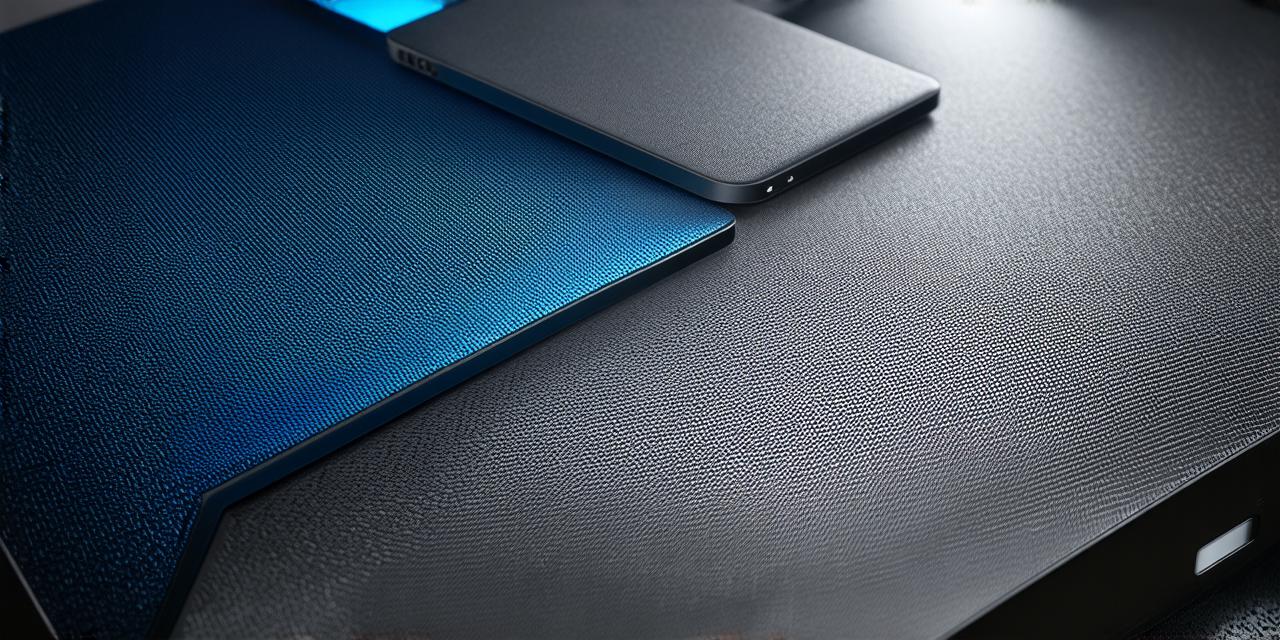Light is a crucial component of any 3D environment, and it plays an essential role in creating realistic and immersive scenes in Unreal Engine. In this article, we will explore how light functions work in Unreal Engine, including the different types of lights, how to control them, and best practices for using them effectively. We will also discuss how lighting can be used to enhance storytelling and optimize performance.
Types of Lights
Unreal Engine uses several types of light sources to create realistic and immersive environments. These include:
Point Lights
Point lights are the most basic type of light source in Unreal Engine. They emit light from a single point in space and can be used to create simple lighting effects such as highlights and shadows. Point lights are often used in conjunction with other types of lights to create more complex lighting scenarios.
Directional Lights
Directional lights, also known as sunlight, are used to simulate the natural light of the sun. They emit light from a specific direction and can be used to create realistic skies and outdoor environments. Directional lights can be adjusted to match the time of day and weather conditions, creating a more immersive experience for the user.
Spotlights
Spotlights are used to create focused beams of light, such as headlights or stage lights. They are often used in conjunction with other types of lights to create specific effects, such as highlighting an object or creating a dramatic effect. Spotlights can also be used to create shadows and reflections, making them a versatile tool for lighting in Unreal Engine.
Area Lights
Area lights are used to simulate the light from a large source, such as a window or a fireplace. They emit light over a specific area and can be used to create realistic indoor environments. Area lights are often used in conjunction with other types of lights to create more complex lighting scenarios.
Controlling Light Sources
Once you have selected the type of light source you want to use, you can control its properties to achieve the desired effect. Some of the most common properties include:
Intensity
The intensity of a light source refers to how bright it is. You can adjust the intensity to create different levels of light in your scene.
Color Temperature
The color temperature of a light source refers to the hue of the light emitted. You can adjust the color temperature to match the time of day or weather conditions, creating a more realistic environment.
Shadow Quality
The shadow quality of a light source determines how detailed and accurate the shadows created by that light are. You can adjust the shadow quality to create different levels of detail in your scene.
Best Practices for Using Light Effectively
To get the most out of your lighting effects in Unreal Engine, here are some best practices to follow:
- Use multiple light sources to create a more realistic environment. Combining different types of lights can help create depth and dimension in your scene.
- Pay attention to the placement and direction of your light sources. The placement and direction of your lights can significantly impact the look and feel of your scene.
- Experiment with different properties, such as intensity, color temperature, and shadow quality, to achieve the desired effect.
- Use lighting to enhance the storytelling in your scene. Lighting can be used to create a mood or atmosphere that supports the narrative of your scene.
- Optimize your lighting for performance. Lighting effects can be computationally expensive, so it’s important to optimize them for performance to avoid slowing down your scene.
Case Study: Lighting in Film and Television
Lighting plays a crucial role in film and television production, and Unreal Engine is often used to create realistic and immersive environments for these productions. Here are some examples of how lighting has been used in popular media:
The Lord of the Rings Trilogy
Filmmakers used practical lighting techniques, such as using candles and oil lamps, to create a warm and inviting atmosphere in Middle Earth. This helped to create a sense of realism and depth in the environment, making it feel like a truly magical world.
Game of Thrones
Lighting was used to create dramatic and intense scenes, such as the Red Wedding and the Battle of the Bastards. By using different types of lights, such as directional lights and spotlights, filmmakers were able to create a sense of tension and urgency in the scene, making it more engaging for the viewer.
Inception
Filmmakers used lighting to create surreal and dreamlike environments, such as the subterranean city of Eames’s mind. By using different color temperatures and shadow qualities, they were able to create a sense of otherworldliness that added to the overall atmosphere of the film.
Summary
Light is an essential component of any 3D environment, and understanding how it works in Unreal Engine can help you create more realistic and immersive scenes. By using different types of lights, controlling their properties, and experimenting with best practices, you can enhance the storytelling in your scene and optimize performance for a better user experience.
